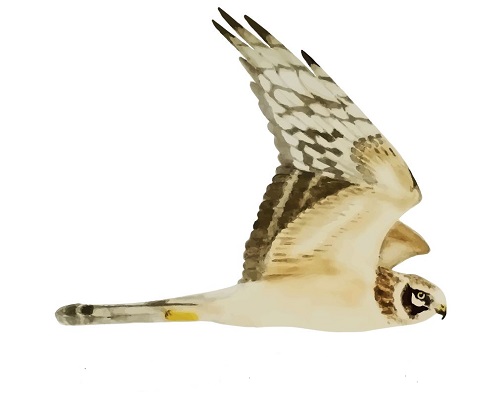Her på Skagen Fuglestations blog bringes korte nyheder i dagbogsformat om hændelser på fuglestationen.
Alfred the Great
The day started with a rather quiet seawatch. The fog was persistent on the horizon and did its best to hide whatever was out there. I could only let my imagination conjure up Albatrosses, Shearwaters and Eagles, but for the checklists they apparently do not count. Alas, instead I was left with a few Common Guillemots (Lomvie), Common Scoters (Sortand) and Common Eiders (Ederfugl).


This was perhaps the first red flag that it may not be the best day for birding
We had the pleasure of another visitor to the station today, with 11 year-old Alfred joining Simon and me to go and feed the gulls. Birding is usually the domain of the slightly greyer haired (I am allowed to say that with my own silver streaks multiplying by the day), so to have someone as young as Alfred to keen was a pleasure. The gulls came eagerly to the food but none of them unfortunately had a ring. A desperate search of every corner of the harbour to find something to impress Alfred with could only yield a Little Grebe (Lille lappedykker). They are a nice little bird but not one to write home (or a blog post) about.
Alfred though was clearly well aware of the tradition that new visitors bring special birds and he left his surprise until the end. Skagen town centre is not usually the place where you are on the highest alert for birds, especially not outside Lidl, but fortunately a birder's eyes are never at rest. In a non-descript tree by the side of the road were 36 Bohemian Waxwings (Silkehale). I have already called a few birds cool, so have not left myself much room for literary manoeuvre, but these birds are really cool.



I have only seen them once before, as they only make it to the south of England (where I am from) every ten years or so. They tend to come in big groups, raiding fruit trees for a few days/weeks and then moving on. What I particularly like about them, aside from their appearance, is that they can turn up in the most random locations. You rarely need to go to a nature reserve or a field in the middle of nowhere to see Waxwings. Instead they are quite happy turning up in car parks, city centres and front gardens. We were delighted and spent a pleasurable 15 minutes watching them feed before they flew away in the direction of the cemetry.
One very happy young birder

A birder photographing a birder, who is photographing a birder, who is photographing a bird
Alfred continued to make us feel old, by documenting our sightings on his Instagram page. Meanwhile, I am sitting here in the analogue age, writing a blog post that may or may not be read by my mum and a few Skagen Fuglestation diehards. Anyway, as I often tell my dad, there are few things worse than an old man trying too hard to be young, so I shall stay loyal to my blog.
Michael Anker gave an effort in ringing birds in the misty weather.
Link to todays observations from observers in the area
People: James Waering, Alfred Godsk Geckler and Simon S. Christiansen, Michael Anker
Ringing (Jennes Sø):
Musvit (Great Tit) - 1
Ringing (Nordstjernevej):
Grønirisk (Greenfinch) - 6
Bogfinke (Chaffinch) - 1
Stor Gråsisken (Mealy Redpoll) - 2
Total: 10




